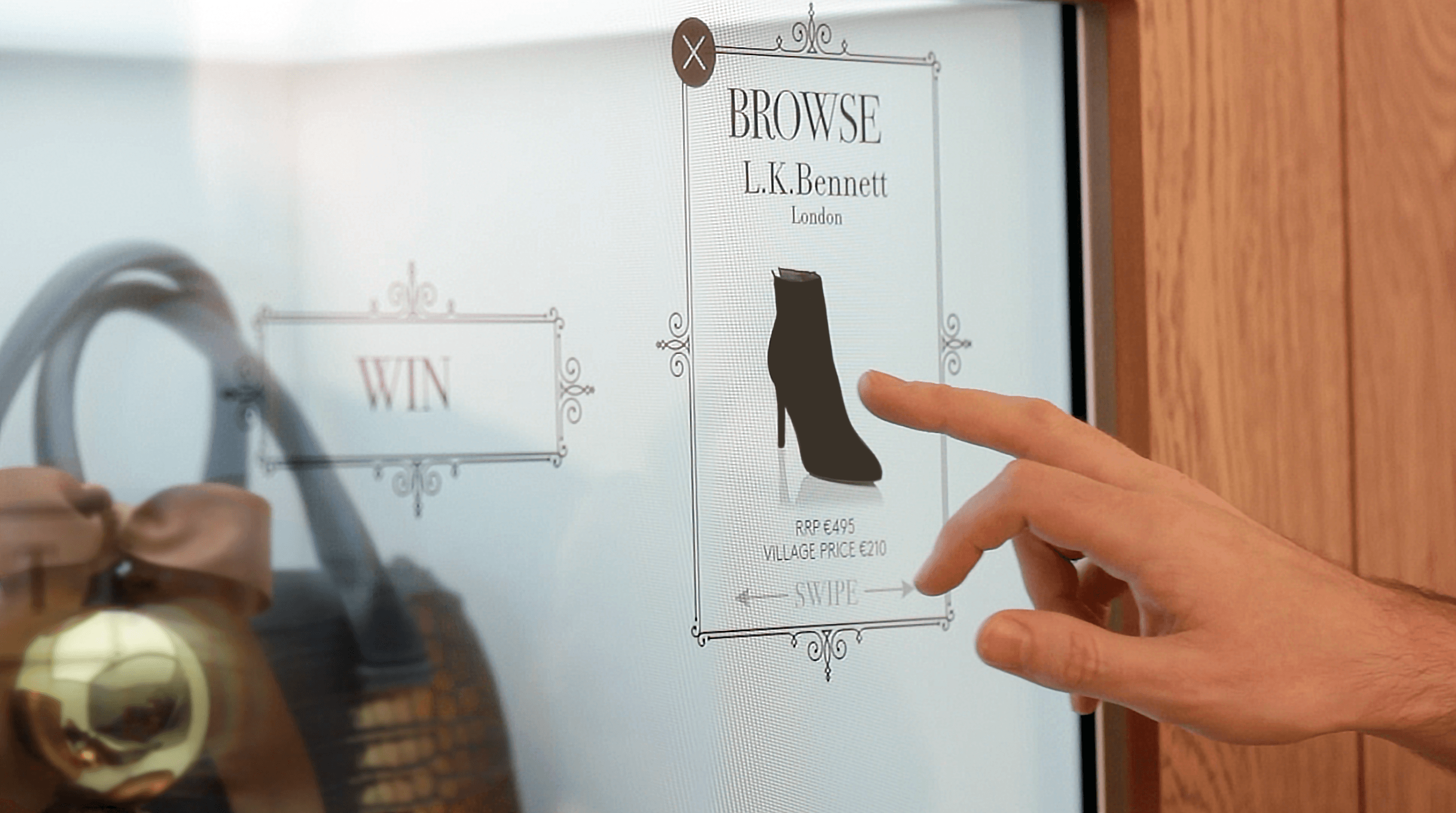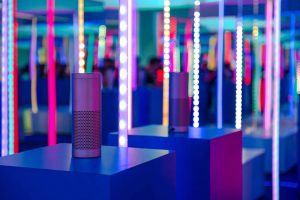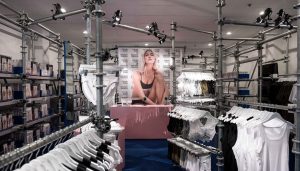Experiential Retail Technology
The rise of e-commerce has led to increased pressure on brick and mortar stores. Retailers are in a battle to drive footfall back into physical outlets and are turning to technology to create improved customer experiences as a way of competing against the convenience of online shopping.

The Growing Importance of Experiential Retail
Consumers choose to shop online because they can bypass waiting in line, have a wider selection choice and can usually get a better price on items. In order to change the mindset of consumers and encourage them to make the trip to physical stores, retailers must offer something that online shopping can’t – and that is where retail experience comes in.
Immersive retail experiences allow consumers to interact with a brand on an entirely new level, facilitate the discovery of new products and instil purchase confidence. A great retail experience will not only bring customers into stores but also keep them coming back.
Retailers have recognised the growing importance of effective retail experiences for brick and mortar stores. PSFK’s “Future of Retail 2018” report found that 55% of the 400 retail executives surveyed will spend part of their marketing budgets on in-store experiences by 2020. In-store experiences took second priority to investing in data collection and tracking, with 68% of retailers saying they are making investments in that area for 2020.
Projection Mapping
-Turn nearly any object into a display surface for video projection. The world is your canvas with projection mapping.-
Nike
This NikeiD installation lets users design their own Air Force 1 on a touch screen interface before projection mapping colours the all-white version of the shoe in real-time. This use of projection mapping encourages interaction with the product and prompts purchasing as customers are given the option to order their own unique colour design from the NikeiD factory.
Adidas
Adidas launched the Ultraboost using projection mapping on the footwear. Display screens with synced motion graphic content and product information beneath the shoes completed the installation. This is an attention-grabbing retail display that shoppers are drawn to.
Dundrum Town Centre
vStream used a water curtain as a projection mapping surface in Dundrum town centre as part of a larger activation. Children could have their photo taken and become the stars of an animated Christmas movie. Bright stars with the children’s faces displayed on them helped Santa to land his sleigh on a cloudy night.
Volkswagen
Volkswagen uses real objects (in this case model cars) to trigger short animated stories about car ownership in a retail space for a very simple yet clever use of wall projection.
Timberland AR Magic Mirror
A report conducted by Retail Perceptions showed that 61% of shoppers prefer to shop at stores that offer augmented reality over ones that don’t. The same study also found that 71% of shoppers would shop at a retailer more often if they offered augmented reality.
Using motion sensor technology and augmented reality; you can create virtual fitting rooms where people can see what they look like wearing clothing items without physically trying them on in a dressing room.
Timberland is a prime example of using AR mirrors to generate a buzz around their newest collections. The immersive and easy to use retail experience created a sense of fun for something that many customers usually don’t enjoy- sorting through the many available clothing options and trying them on in fitting rooms. Crowds begin to form as curious passersby watch people interact with the mirror and model the clothes. Timberland’s AR campaign also gave users the option to post their outfit on their social media. These interactions transform browsing shoppers into brand promoters.
Calvin Klein X Amazon Fashion Retail Experience
According to Brian Laney, VP of Sales at Alert Technologies, “Shoppers who use fitting rooms are almost 7 times more likely to buy products compared to those who simply browse the sales floor.”
Calvin Klein teamed up with Amazon to create a pop up retail experience using Amazon Echo devices in changing rooms. Customers could ask Alexa questions about the Calvin Klein product and experience, change the lighting and control the music through voice control.
The activation included a clothing customisation station and a lounge area where visitors could connect with shoppers on the opposite coast via video using the Amazon Echo Show, in a bid to allow them to interact and share content in real time. “It is our goal to deliver an immersive and content-driven shopping environment to the consumer,” said Cheryl Abel-Hodges, head of Calvin Klein Underwear.
“We are delighted to team up with Calvin Klein to provide a fun, interactive experience that connects our customers to product in an engaging way,” stated Michelle Rothman, VP at Amazon Fashion.
Retail Innovation with vStream
These examples are just some of the available possibilities for improving customer experience with experiential technology. If you would like to discuss how your brand could benefit from some digital retail innovation then get in touch by phone on +353 1 662 2345 or send your inquiries to info@vstream.ie and someone from vStream will get back to you as soon as possible.


